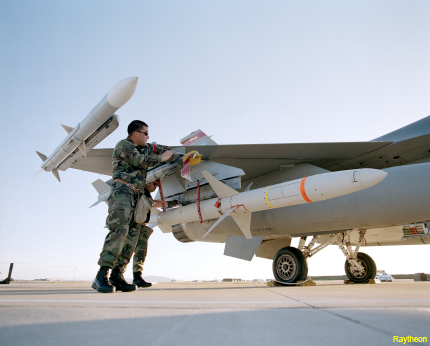Air Force, Raytheon successfully test airborne EW missiles
The updated HARM Control Section Modification can suppress or destroy an enemy’s surface-to-air missile radars.

HARM is effective at suppressing or destroying surface-to-air missile radars.
Raytheon and the Air Force recently concluded a successful test for the updated HARM Control Section Modification, the contractor said in a release.
This upgrade to the HARM missile inventory increases effectiveness against modern enemy radar, which Raytheon says will reduce collateral damage. HARM, for High-speed Anti-radar Missile, is part of a broader inventory that includes a set of unmanned, airborne electronic warfare measures that are capable of overwhelming and distracting enemy radar and defenses, making way for attacking aircraft to penetrate airspace.
The Navy, working with Raytheon, also recently successfully tested similar airborne EW measures, in this case a state-of-the-art jammer.
In the HARN tests, Air Force F-16 fighter jets fired an HCSM AGM-88F missile against an emitter outside a pre-planned zone of exclusion. The HCSM successfully impacted the intended target despite dummy signals emitted within the zone of exclusion aimed at confusing the HCSM into hitting a decoy target.
"HCSM provides the warfighter an effective, affordable solution that improves the probability of hit, defeats counter-HARM tactics and controls where the missile can and cannot fly," said Mike Jarrett, vice president of Raytheon's Air Warfare Systems. Raytheon was awarded the HCSM contract by the Air Force in 2012 and recently was cleared for full-rate production, the company’s release stated.
Once the current series of tests are completed, the Air Force will make a decision on fielding HARM, which was recently cleared for full-rate production, Raytheon said.